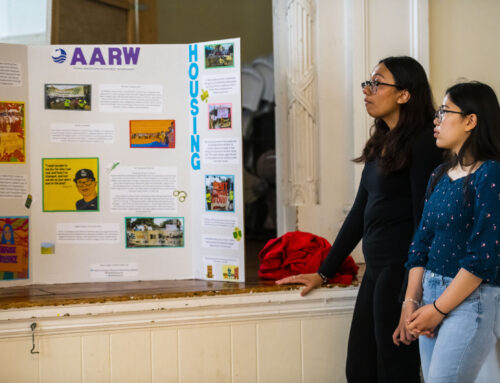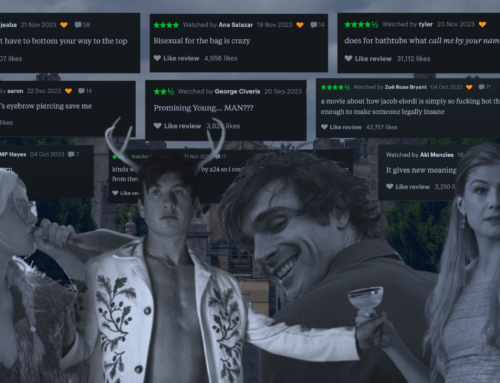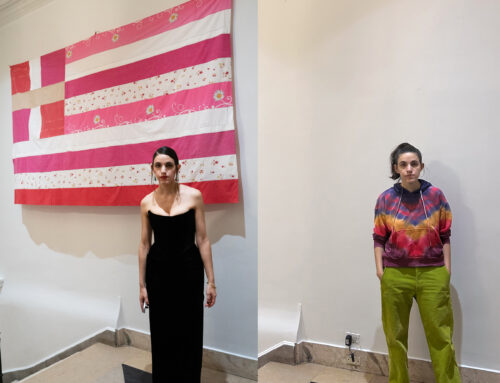Alongside Bamboo Trees
By: Justine Del Prado
I’ve always watched the bamboo trees during typhoon season. No matter how far their stalks bend and twist and curve, wrenched into submission by virulent winds, they refuse to break. And when the wind lets up, even for just a second, they snap back standing tall and proud. There is dignity in resisting the domineering wind.
Its high-pitched whistling kept me from napping one afternoon, louder than the soothing rhythm of rain and rustling of leaves. With wide eyes, I watched the torment of bamboo trees through the glass balcony doors. My head rested on my nanny’s lap. Her name was Lilia. Like a lot of young women from the countryside, she left home to work in the city as a live-in nanny, to provide for her family. She was sniffling louder than the storm. I dismissed it as a rainy season cold and tried to ignore it.
She ran her slender fingers through my hair and rested her palm on my cheek. Heeding her silent request, I tore my gaze away from the bamboo trees and glanced up at her. Her wet lashes and bloodshot eyes alarmed me. I was nine. It was my first time seeing her cry even though she had taken care of me since I was six.
“I have to tell you something,” she said, “I’ll have to go back home in a few months.”
I sat up with an ache in my chest. “For how long? Is that why you’re crying?”
“I’m pregnant,” she said. She smiled, but tears spilled over across her tan cheeks, and at first I wanted to reach out and wipe them away. I didn’t, only because I was too excited, and hugged her instead. Misinterpreting her grief for joy healed the ache in my chest.
“Yay! Congratulations! Can’t you just stay here? I want a baby brother or sister! And I didn’t know you had a husband!”
She laughed, amused, but it was strained. “I don’t have a husband. I don’t want a child,” she said. Upon seeing my shock and confusion, she gave me a small smile and placed her palm on my cheek once more and said, “I feel like I already have a daughter.” It was as if she used up all her strength in uttering those words, and had none left to hold back her emotions, which she fought to hide for so long. Her face contorted into sudden anguish, and she began sobbing. The ache in my chest returned, more painful than it was before.
I hugged her, in part because I did not know what to say and because I couldn’t bear to look at her. So I looked out the glass balcony doors to watch the bamboo trees again, not realizing I was seeing the same thing.
***
“There are Filipino mythical creatures known as Manananggal,” my third grade literature teacher told us, over the clack of her black heels. “They are female, and they can sever their upper torso from their lower body and sprout bat-like wings.
Manananggal literally translates to ‘one who separates itself’. They fly in the night in search of victims, preying on pregnant women and using an elongated proboscis-like tongue to devour the unborn fetus. Some Manananggal are so thin that they can hide amongst bamboo trees.”
Like most Filipino children, I was taught from a young age that malevolent creatures are spirits of people who died wanting vengeance. Contrary to Catholicism, these spirits are not condemned to Hell nor Purgatory, but bound to the Earth.
Someone called out, “What kind of people come back as Manananggal in the afterlife?”
My teacher smiled. She expected that question. “I’ll give you guys a hint. It’s related to the homily Father Bernard gave this morning.”
I didn’t listen to the homily in its entirety; I heard the beginning and dwelled on the same words for the rest of mass. Father said, The life of an unborn child is as sacred as the life that you and I possess, perhaps even more sacred. Our Saviour, Jesus Christ, was immaculately conceived in the womb of the Virgin Mary, who birthed him under the will of God. To destroy life in the mother’s womb is to destroy the most sacred of life.
“Oh! Is a Manananggal a spirit of a mother who aborted her own child?”
My teacher nodded. “It is said that mothers who choose to kill their child in the womb manifest in the afterlife to inflict the same sorrow upon others.” My peers hummed in realization and agreement. I hated myself for not doing the same.
That day, I walked home by myself. Wearing the mandatory uniform—a plaid skirt that fell to just above the ankles, a long-sleeved blouse, knee high socks, and black shoes—made the sweltering Manila heat unbearable, and perspiration fused my flesh to the clothing. Seeking refuge, I followed a stone pathway shrouded by bamboo trees. I thought about how at night there would be Manananggal hiding behind the thin stalks. And I hoped a Manananggal would take away the life growing in Lilia’s womb. I wanted her to stay. I wanted her to be happy.
***
In the Philippines, women cannot legally get an abortion, even if the mother’s life is at risk. The Manananggal aren’t malevolent after all, I think. Maybe they only eat up the unborn children whenever they have to save the mothers. Maybe the locals who created the myth misunderstood the Manananggal as evil, the way people misunderstand women when they exercise their right to health, to make decisions about their own bodies, to privacy, and to equal protection of the law.
To those who view the Manananggal as malicious: Remember they stand alongside bamboo trees.

by Maggie Ma



